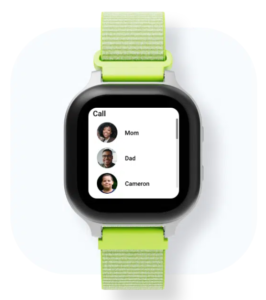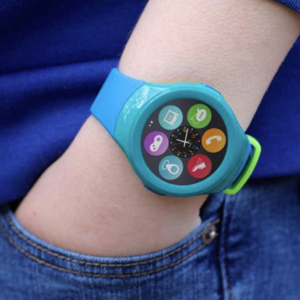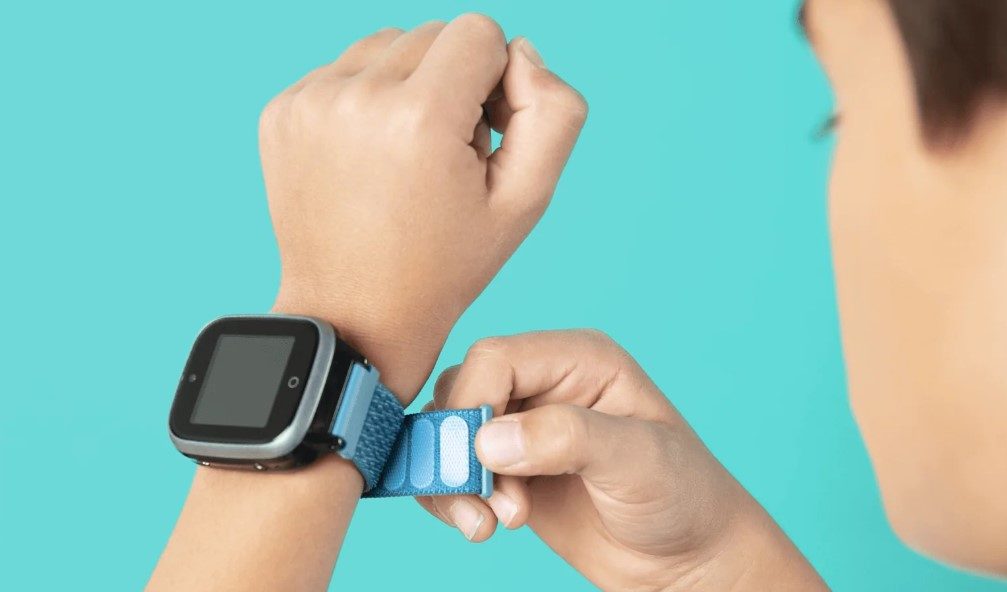Families are always on the go. More than ever, parents need ways to stay connected and keep track of each other. Wearable tech for kids is a great option for parents that aren’t ready to invest in more sophisticated and expensive options like smartphones. Plus, most smart devices are far too complex and easily damaged to make sense for younger children. Wearable tech products for kids like smartwatches are poised to grow significantly in the next 5–10 years. And this technology is only becoming more popular and feature-rich, even for kids.
But introducing technology into a family dynamic can cause concern. What happens to kids’ data? Can the devices be hacked? Will it affect parenting dynamics? These concerns are rooted in parents’ desire to protect the safety and well-being of their families.
These concerns drive feature preferences that manufacturers and developers should keep in mind for product development. Providers that can effectively meet these needs will likely become the preferred brand in their category.
In this article, we’ll cover the latest trends in features that parents want for kids’ wearable tech. We’ve separated these features into 3 categories to provide more context for the reasons why these features are important to parents:
Parental Control ![]()
- Access Control
- Security
Functionality & Safety ![]()
- Durability
- Mobile Communications
- GPS & Tracking
Health & Safety ![]()
- Activity Tracking
- Integrated Health Information

Parental Control 
Research shows that trust is one of the most important considerations for parents when considering wearable tech options for their families. Consumers want to know that technology is designed with the user in mind, from data privacy to security.
Access Controls 
Many parents want the ability to control or at least monitor what capabilities and content their children can access on a device. A wide range of access control options that can change as children grow and/or mature is especially attractive. Specifically, these features often include:
- Clear, simple settings that allow them to easily create boundaries with technology and explain these boundaries to their kids. This might include the ability to engage or disengage Internet or app access for web-connected devices.
- Mobile-accessible controls through an app (that can be monitored and managed on the go).
- Monitoring capabilities for their child’s activity when using a wearable device.
Security 
- Because some wearable tech blends a unique combination of biometric data, personally-identifying details, and location tracking, it’s crucial for parents to know that their products have advanced controls for sharing and protecting information.
- This also includes protection against data breaches by malicious actors or accidental exposure.
Functionality & Safety 
Parents are more likely to use wearable tech that meets the practical needs and routines of everyday life, which is busy, demanding, and subject to frequent changes. They have specific goals for the technology – from healthier eating to keeping an eye on kids throughout the day. Wearable tech that’s adaptable and reliable should offer the right mix of the following attributes:
Durability
- Comfortable and able to handle daily wear.
- Long battery life and easy charging.
- For kids, wearable tech should also be durable enough for the demands of sports and active lifestyles.
- Water resistance.
- Stylish options that fit the style preferences of younger users – from cartoon enthusiasts to colorful patterns and trendy designs. Wearable tech that’s too niche (e.g., workout only) in its design or application may lose relevance as more versatile devices become affordable.

Mobile Communication 
Wearable tech is a great transitional tool from a smart device to a full smartphone, tablet, or laptop. Video and calling features can help parents easily stay in touch with each other and their children without opting for an expensive wireless plan or new phones.
Not all wearables are communication enabled. But for those that are there are some key features that stand out for parents:
- Text-to-speech
- Texting
- Mobile calling (including voice-activated)
- Two-way talking
- For older users, options like Bluetooth connectivity are sometimes preferable
GPS Tracking ![]()
GPS tracking and alerts were some of the first and most important features of children’s wearable tech. They remain critical capabilities for any device, and commonly used features include:
- Location tracking and history.
- Travel alerts to monitor speed.
- ETA estimators.
- SOS alert capabilities for children to signal distress.
- Geofencing to detect and alert when a child leaves or enters a specific area
Health & Wellness 
Parents want to know that their kids are remaining active at healthy levels and that they aren’t over-exerted. This is challenging in a time when hybrid schooling options may have children sitting for long periods of time. Plus, changing seasons means kids have more or less access to outdoor activities depending on their location. This means that parents are seeking more tech with features for activity tracking and monitoring health data.
Activity Tracking ![]()
Studies reveal that there is a growing awareness of the benefits of wearable tech for monitoring, promoting, and even gamifying activity levels for kids of all ages. Desirable types of activity tracking features include:
- Steps taken
- Routine physical movements and exercises
- Distances traveled
- Rewards or incentives for hitting activity goals.
- Time management alerts to prompt movement after long periods of inactivity
Integrated Health Information 
Making sense of health data is a common barrier to understanding improvements for long-term health. Core health monitoring features include:
- Heart rate
- Temperature
- Sleep patterns
While many adults find this information useful for achieving personal health goals, it’s also helpful for parents of newborn children. New wearable tech options for infants keep track of their sleeping rhythms and other data that help both babies and parents learn what adjustments are needed for healthier, safer development.
Lastly, wearable devices that simplify biometric data and help users understand practical areas for improvement are likely to earn brand loyalty in the long term.


